Aviator frames that are villainously good
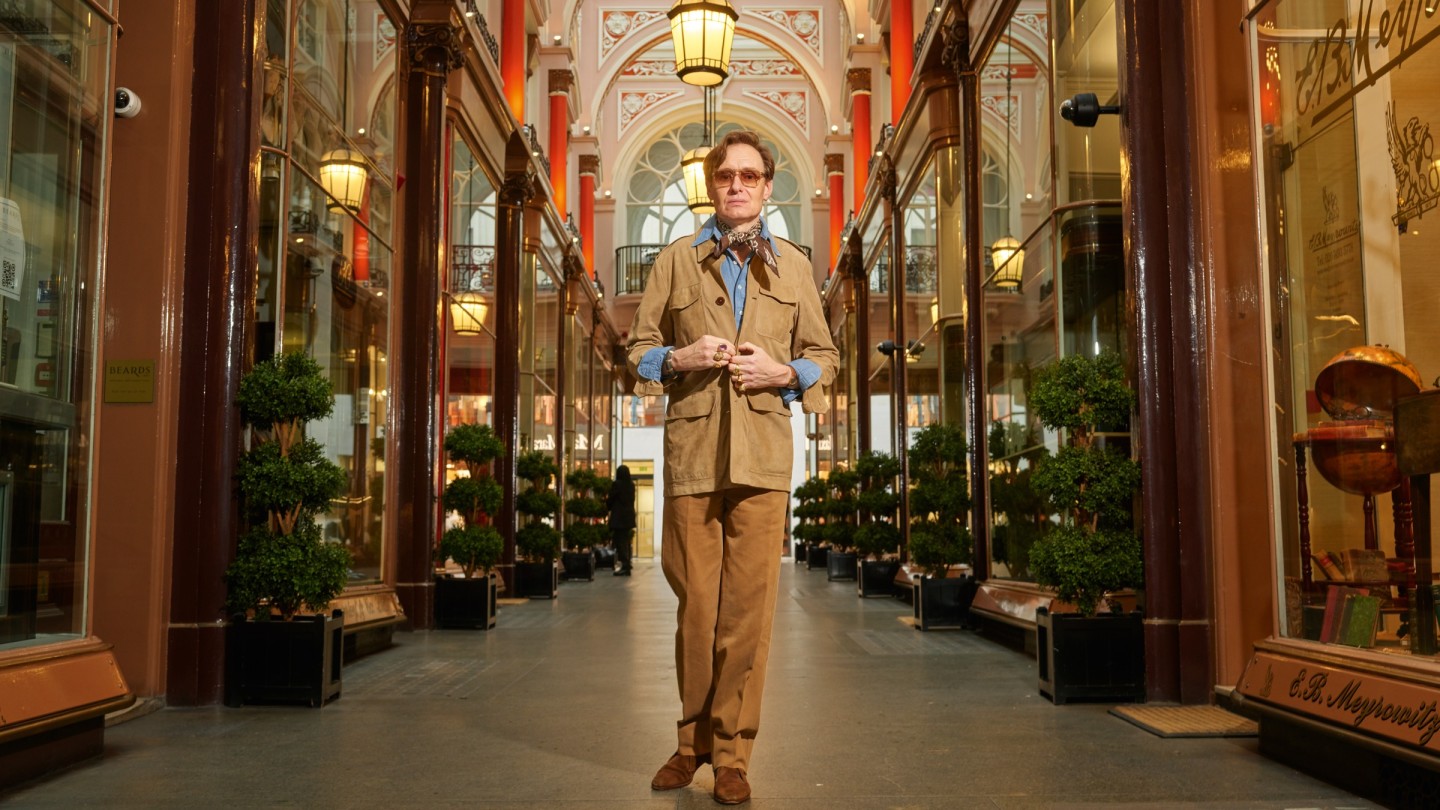
Roula Khalaf, Editor of the FT, selects her favourite stories in this weekly newsletter.
“One must maintain a little bit of summer, even in the middle of winter.” So said Henry David Thoreau – and there can be few winters when this sentiment has been truer than the one we have just left.
Days blurred into weeks. Into months. Conventional calendrical calibration ceased to be relevant. Looking back on that dark time, I dated events by TV shows – Netflix and iPlayer provided the waymarkers of life – and at the darkest moment (literally and figuratively), around the winter solstice, the BBC vouchsafed me a dazzling epiphany via The Serpent, a drama about a real-life serial killer in the 1970s. It was not the far-flung film locations that held me spellbound (the hippie trail has never appealed to me; I’d prefer to receive enlightenment at a seven-star barefoot-luxury-eco-spa resort), but the lead character’s eyewear. Yes, he was an evil, manipulative sociopath but I put that to one side to focus on his glasses: graduated aviators, framed by a collar-skimming, Gucci fashion show-worthy Jacques Dutronc hairdo. Others may have got through lockdown by baking bread or attending Zoom drinks and fitness classes; I survived by planning my summer eyewear.
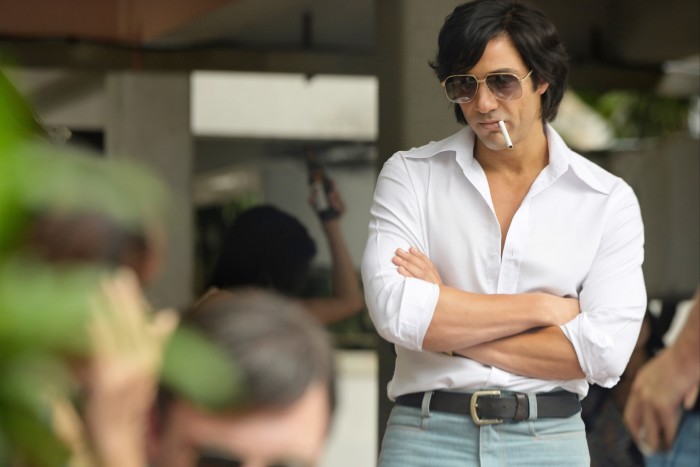
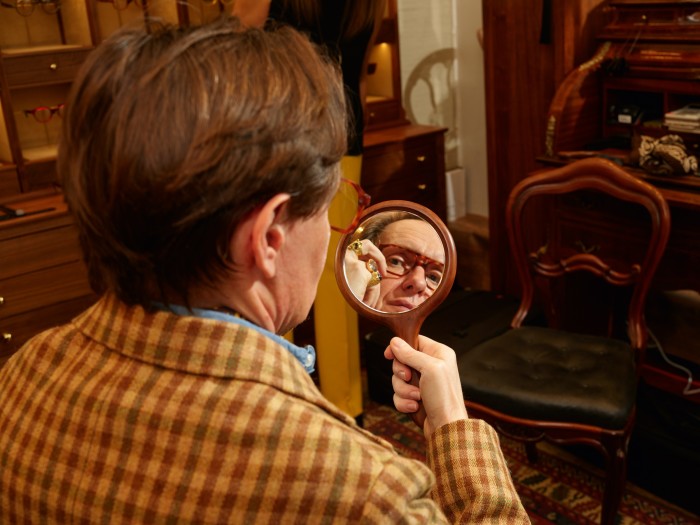
The aviator is a pivot point in the history of eyewear; it was upon this single product that Ray-Ban constructed its legend. As the 1930s neared their end, airmen were flying closer to the sun than at any time since Icarus, and to combat headaches and altitude sickness protective eyewear was conceived: the green lens cut down glare while the teardrop-shaped frame covered the entire ocular orbit. Then came the “Shooter”, with its circular construction above the nose – apparently devised as somewhere to put a cigarette while pulling the trigger. The arrival of graded mirrored lenses, which offered enhanced protection when looking up but made glancing down at instrumentation easier, saw the aviator come of age.
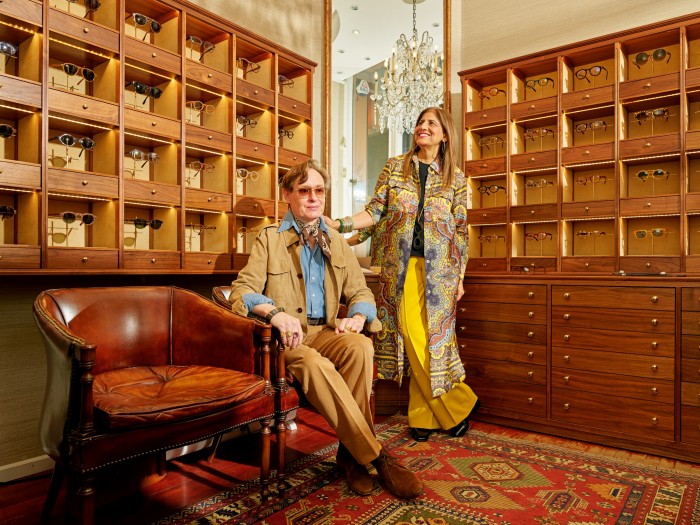
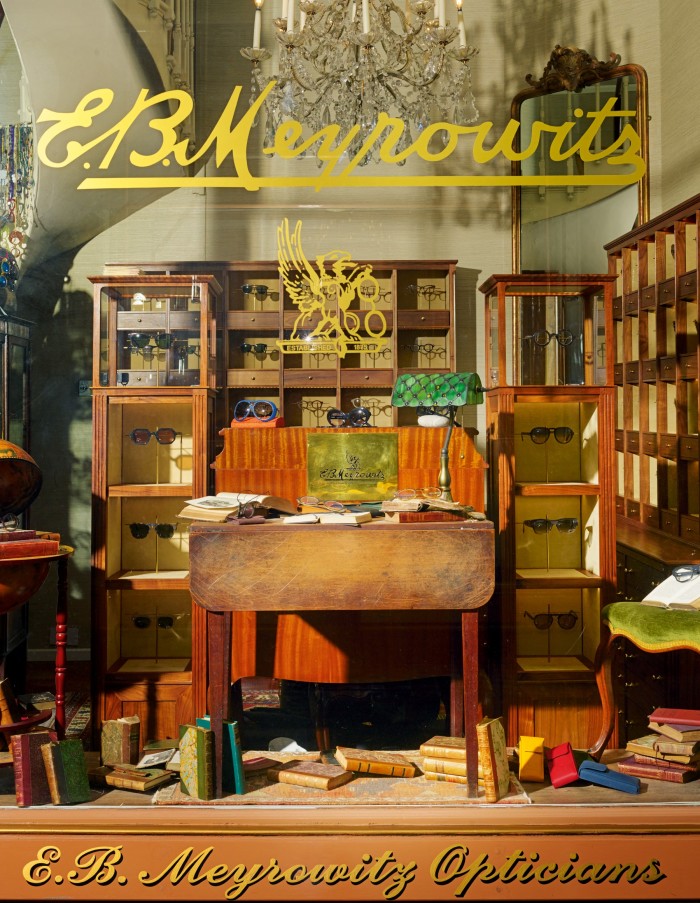
The problem with the aviator style is the abundance of choice. I needed guidance; and ever since I started wearing glasses I have relied upon the advice of Sheel Davison-Lungley at London optician EB Meyrowitz (bespoke prices from £1,500). She too was captivated by the Serpent’s eyewear, and explained that the combination of frame shape and graduation is key to aviator mastery. “Where you stop the tint is where you pick up on the bone structure,” she says. For optimum international-man-of-mystery effect, she recommended 45 per cent absorption, gradually tapering to a barely perceptible five per cent.
“In The Serpent, the angles on the glasses brought out the best in Tahar Rahim’s face,” Davison-Lungley continues. Which prompts the question: what is “best” about my face? Apparently it needed some finding. “I took a few photos of you from the internet,” she says. “I enlarged them, drew round your eyebrows and cheekbones, and chiselled away.”
Davison-Lungley is nothing if not diplomatic. My nose is “elegant” but not “perfectly symmetrical” (schoolboy scrap outside the tuck room circa 1977), which “poses some challenges fitting the bridge”. Moreover, the ridge is rather high, so pads are needed to pull the glasses away from the eyelashes. I began to think that I should have consulted a cosmetic surgeon before considering a new pair of glasses.
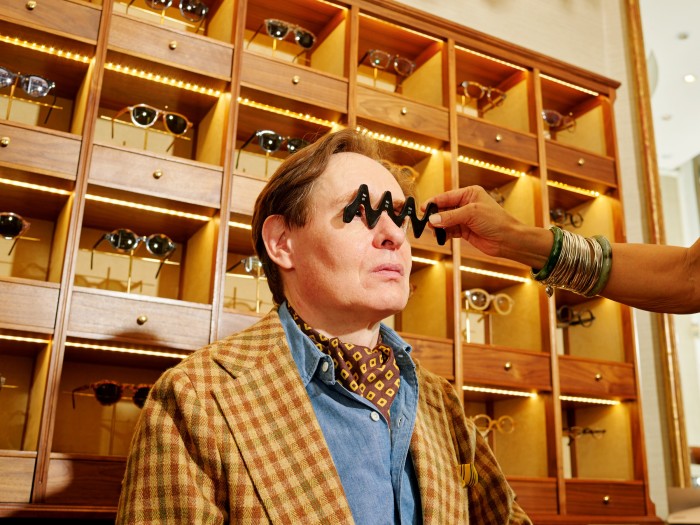
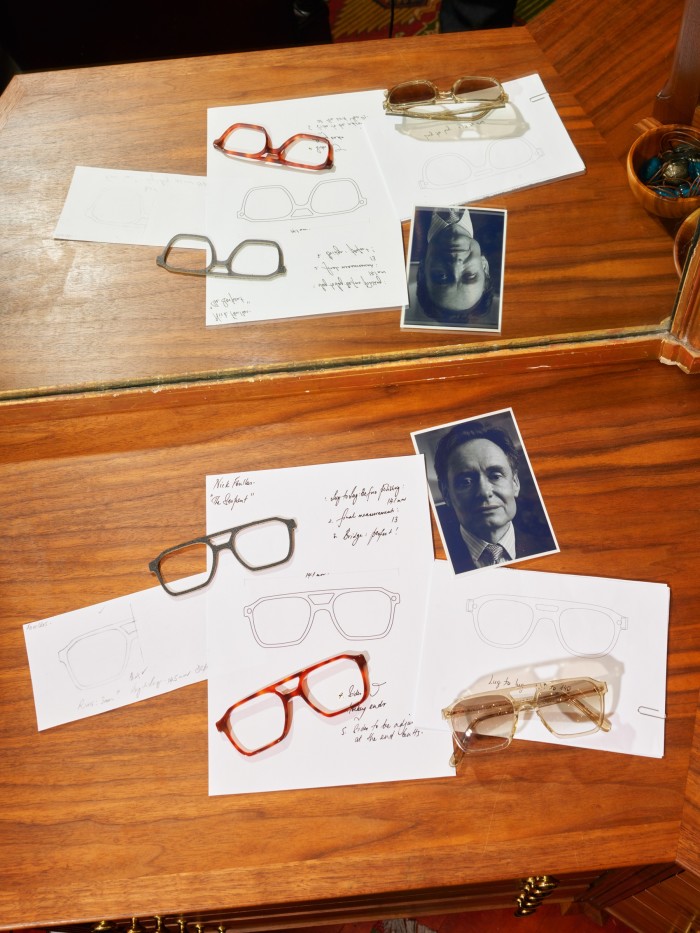
There was better news about my browline, which is that it is pleasantly straight; and the 7mm height difference between my ears could be accommodated by judicious angling of the lugs. She also scooped out notches from the frame’s uppermost corners to show where the brow dips to the cheek – a compliment, I think. My brow suited high joints on the frame, which in turn helped when it came to calculating my “pantoscopic” angle, from the eyebrow via the cheekbone to the jawline. There was also the matter of the “dihedral” angle, or the lenses would be too flat and fly off the side of the face: the optical equivalent of flashing a glimpse of pallid calf between sock and trouser – ugh.
All this went over my head like a higher sort of Euclidean geometry. But I was able to appreciate the choice of material: a pale-beige, lightly polished acetate. Normally it is the frame that one notices, but here Davison-Lungley wanted to show off the tint and the way the subdued palette of grey and brown brought out those all-important, feature-enhancing angles. “On holiday you could wear them all day; it says summer is here and there is not a care in the world.”
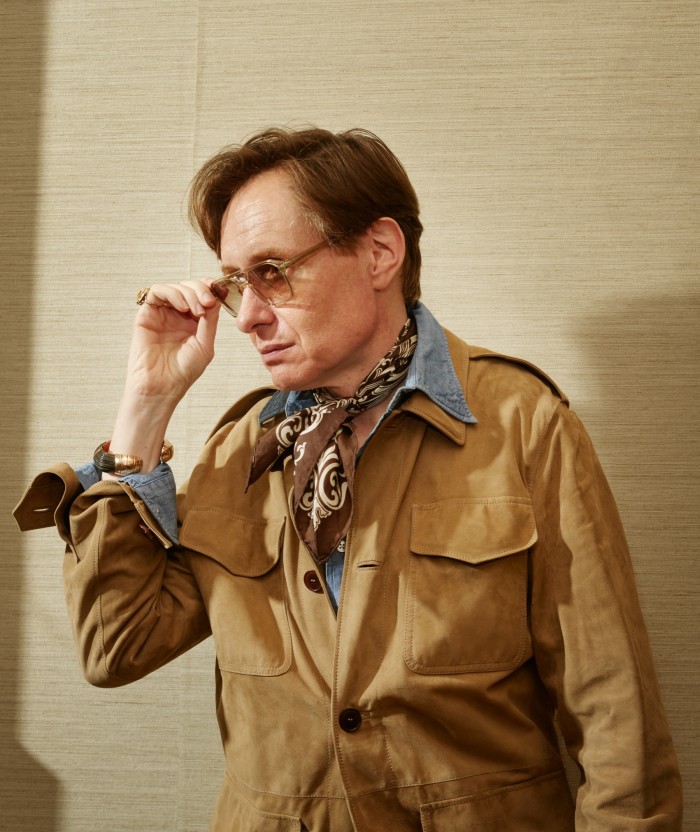
An EB Meyrowitz bespoke commission takes between six and 12 weeks, so my planning in the dreary depths of winter has paid off. It was probably not what Thoreau – whose 1854 book Walden celebrates living simply in harmony with nature – had in mind. But each to their own interpretation. This summer I will view the world through the glamorous graduated lenses of The Serpent – with none of the violence.
Eyes on the sky
Jessica Beresford on the aviators you’ll never want to take off
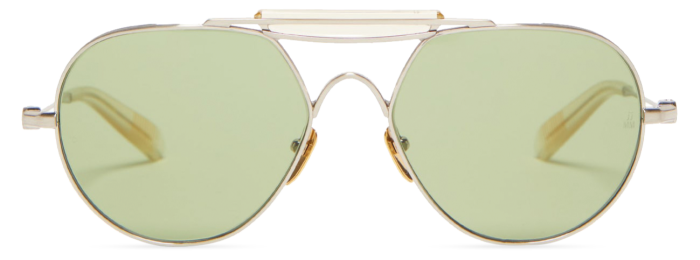
Jacques Marie Mage titanium Bastogne, £710, matchesfashion.com
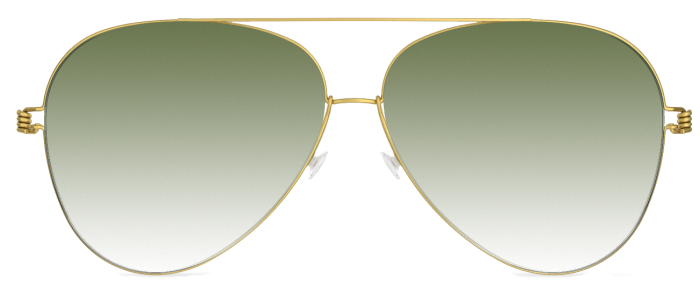
Lindberg titanium 8210, €415
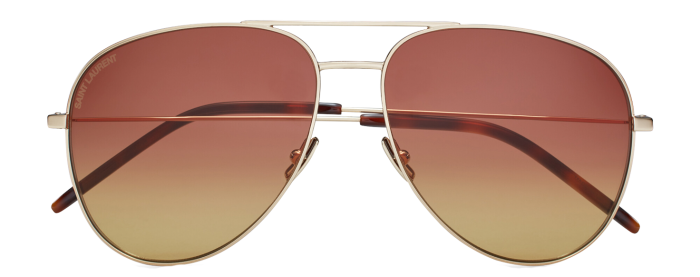
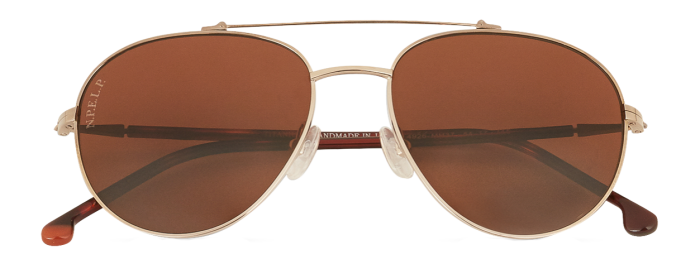
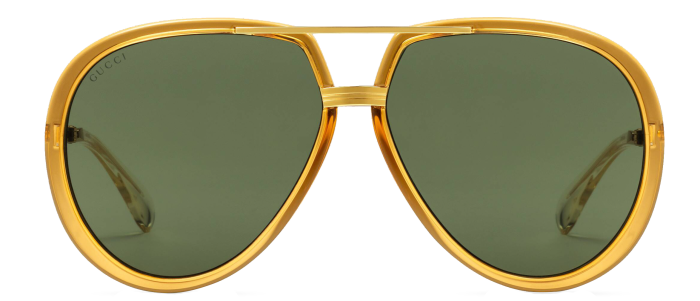
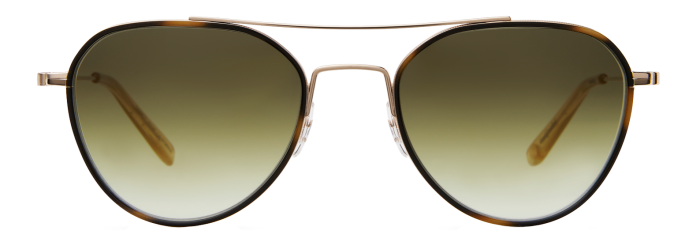
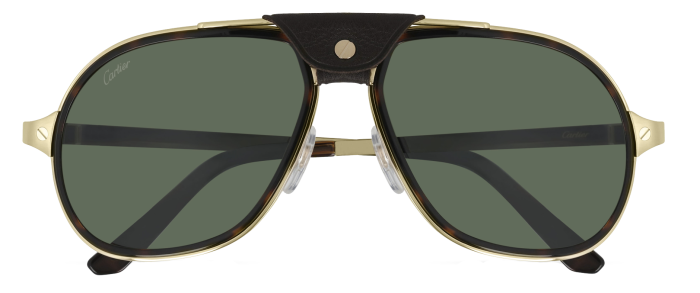
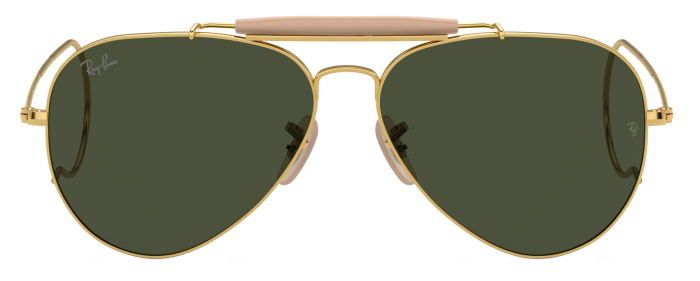
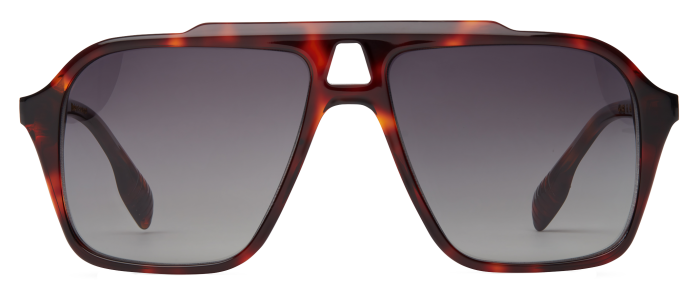
Comments